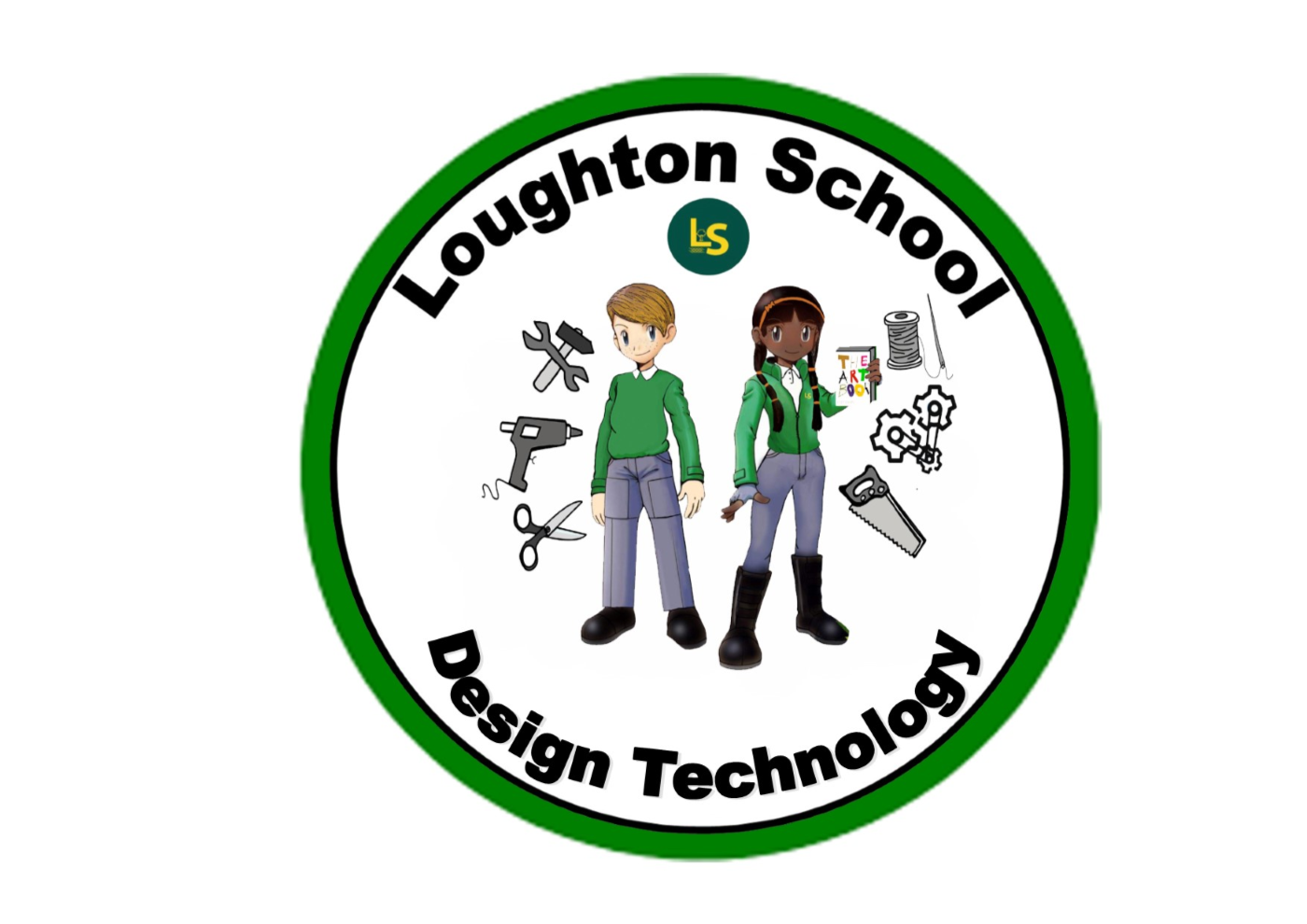Design and Technology (including STEM)

Design and Technology
At Loughton School we intend Design and Technology to be creative and practical and provide children with the chance to problem solve and develop their own creative ideas as individuals and as part of a team. All children are encouraged to explore and use a range of media and materials whilst also developing their creativity, imagination and critical thinking. The children are also given opportunities to reflect upon and evaluate past and present design technology, its uses and its effectiveness and are encouraged to become innovators and risk-takers. This the foundation on which learning is developed throughout the school. We aim to provide our children with the opportunity to use their imagination to design and make products within a variety of contexts, to provide motivation and meaning to their learning.
Children will be taught a range of topics including; mechanisms, textiles, food technology, structures, and electrical systems. Through hands-on, practical experiences we aim for children to leave Year 6 with growing knowledge and skills of DT which will inspire children to be chefs, engineers, sculptures, carpenters, designers and architects. We recognise the important role of DT in preparing our children with skills for life which will enable them to be creative individuals as they become Active Learners, Active Leaders and Active Citizens.
The teaching of DT follows the design, make and evaluate cycle. Each stage should be enriched in technical knowledge. The design process should be related to everyday life to give meaning to learning. While making, the children are encouraged to choose from a range of tools to fit the purpose. To evaluate, children should be able to critique their own products against a design criteria. Each of these steps should be incorporate a rich bank of technical knowledge and vocabulary. DT should be taught to a high standard, where each of the stages should be given equal weight. There should be evidence in each of these stages in the theme books, which should also develop to show clear progression across the year groups.
When designing and making, the children are taught to:
Design
- use research and develop design criteria to inform the design of innovative, functional, appealing products that are fit for purpose, aimed at particular individuals or groups
- generate, develop, model and communicate their ideas through discussion, annotated sketches, cross-sectional diagrams, prototypes, pattern pieces and computer-aided design
Make
- select from and use a wider range of tools and equipment to perform practical tasks (for example, cutting, shaping, joining and finishing) accurately
- select from and use a wider range of materials and components, including construction materials, textiles and ingredients, according to their functional properties and aesthetic qualities
Evaluate
- investigate and analyse a range of existing products
- evaluate their ideas and products against their own design criteria and consider the views of others to improve their work
- understand how key events and individuals in design and technology have helped shape the world
Technical knowledge
- apply their understanding of how to strengthen, stiffen and reinforce more complex structures
- understand and use mechanical systems in their products
- understand and use electrical systems in their products
- apply their understanding of computing to program, monitor and control their products
Our overall vision is for children to have a love of Design Technology and develop their creative, design and making skills. Pupil voice is an important part of our assessment allowing us to continually reflect upon our Design Technology curriculum.
By the time children leave our school, we hope they will:
- develop the creative, technical and practical expertise needed to perform everyday tasks confidently and to participate successfully in an increasingly technological world
- build and apply a repertoire of knowledge, understanding and skills in order to design and make high-quality prototypes and products for a wide range of users and critique, evaluate and test their ideas and products and the work of others
- understand and apply the principles of nutrition and learn how to cook. Children will design and make a range of products. A good quality finish will be expected in all design and activities made appropriate to the age and ability of the child
Children learn how to take risks, becoming resourceful, innovative, enterprising and capable citizens. Through the evaluation of past and present design and technology, they develop a critical understanding of its impact on daily life and the wider world. High-quality design and technology education makes an essential contribution to the creativity, culture, wealth and well-being of the nation.
STEM
All year groups in Loughton School put aside one week (End of spring term for LKS2 and end of summer term for UKS2) specifically devoted to STEM. During this week, all learning is underpinned by the National Curriculum and both immerses and inspires the children with a real life scenario in which they work collaboratively to problem solve. The strong links between the existing immersive curriculum, prior learning and the children’s individual creativity drives the focus of the STEM week. The foundations of the STEM curriculum is built upon each year and the complexity of the skills developed from the previous year(s) encourages greater independence and resilience as the children progress through the school.
A Loughton child’s experience of STEM follows a sequence of progressive skills which enables them to be able to leave Loughton with a rich skillset supported by a wealth of STEM opportunities. Throughout this week, children experience clarity of explanation through the design phase, effective and well-planned modelling and scaffolding during the build and construction phase and are encouraged to be reflective and resilient when testing and evaluating their finished product. It is also imperative that all children are taught the importance of safety and respect when handling specialised tools – this is articulated in all lessons.
Children will make links and connections, drawing upon skills and knowledge learnt previously, in order to inform their approach to the task. The greater the link and connection, the more successful the outcome will be. Children will not only be able to demonstrate their learning, they will be able to review their final product and suggest ways in which to refine and improve it – written or verbally. Throughout our creative curriculum, children will be encouraged to make cross-curricular links, allowing them to recall and retrieve knowledge and apply their STEM learning to day-to-day activities where appropriate (for example, the accurate use of a protractor when making fairground rides in year 5).
